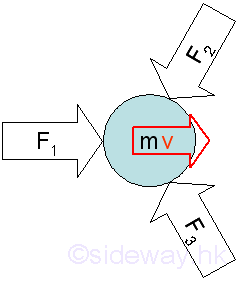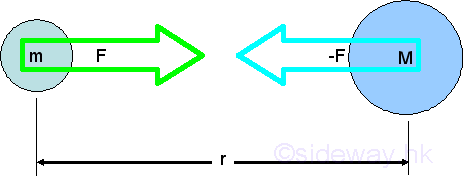Introduction
Mechanics
Mechanics is a scientific study of objects under the action of forces by the
description and prediction of their conditions in equilibrium or in motion.
The three areas of study are mechanics of rigid bodies, mechanics of deformable
solids and mechanics of fluids.
For mechanics of rigid bodies, it can be subdivided into statics,
and dynamics.
Principles
The study of mechanics are mainly based on the fundamental principles formulated
by Newton in 1687.
Because of the implications of Einstein's first theory of relativity in 1905,
the limitation of these principles are recognized. However, newtonian mechanics
still applies in engineering sciences as the basis because the errors due to
special relativity can be ignored at low speeds and weak gravitational fields.
The
Principles includes Newton's
three laws of motion, which are
- First Law: A particle continues its state at rest or in
motion with constant speed in a straight line, when the resultant force acting
on it is zero.

- Second Law: When the resultant force acting on a particle is
not zero, the net force will be equal to the time rate of change of the
particle's linear momentum. As the mass is constant, the acceleration of the
particle
will be proportional to the magnitude and in the direction of the net applied
force.

- Third Law: For the forces of action on particles, there are
always reaction forces which have the same magnitude along the same line of
action but in opposite sense in response to the applied forces.

And Newton's laws of gravitation, which states
- Every particle attracts other particle by a mutual force
pointing to each other having same magnitude and opposite sense along the line
intersecting both particles. The magnitude of the force is directly proportional
to the product of the two particle masses and inversely proportional to the square of the
distance between the particles.

Concepts
The basic concepts used for the formulation of three laws of motion are space,
time, mass, and force.
-
Space is associated with the position of a point in a three dimensional system
with reference to a reference point, or an origin.
-
Time is used to describe a succession of evevts
-
Mass is used to characterize the inertia of an object by comparing the
resistance of a material object to change in motion under exerting the necessary effort
of action.
-
Force is the effort used to change the motion of an object.
 Sideway
BICK BLOG from Sideway
Sideway
BICK BLOG from Sideway




